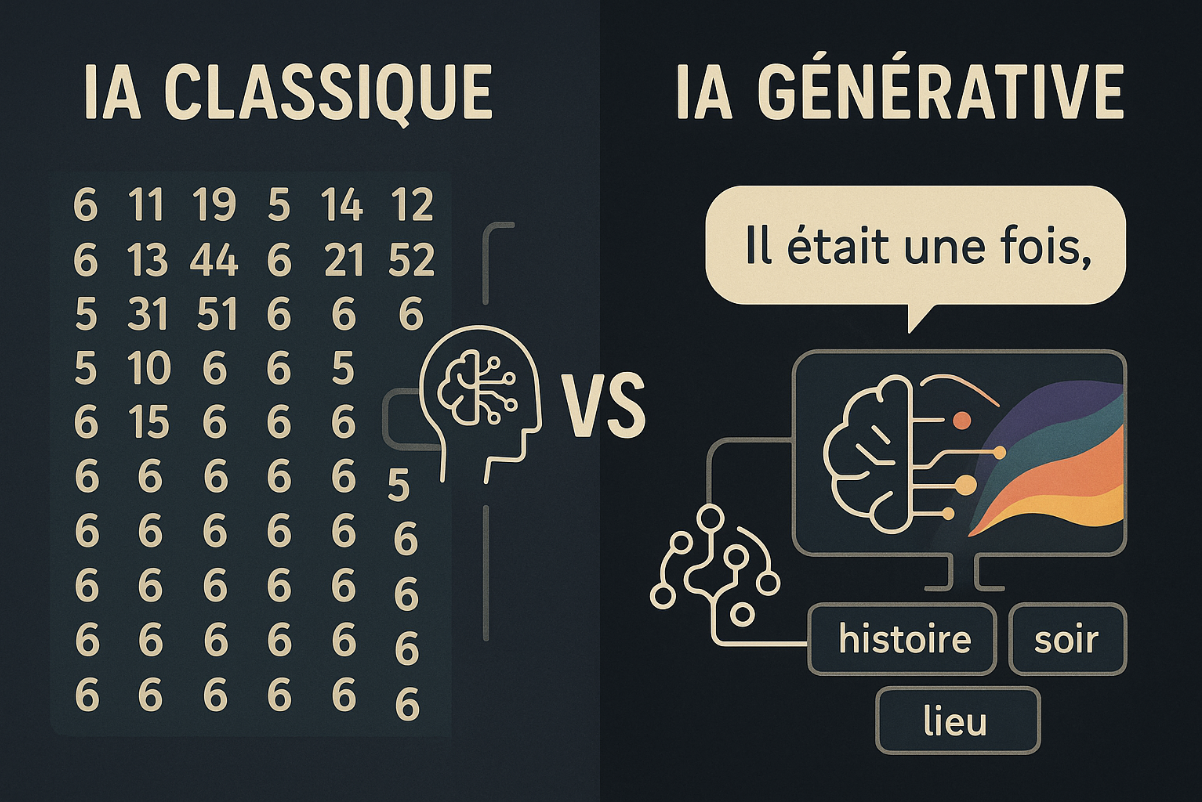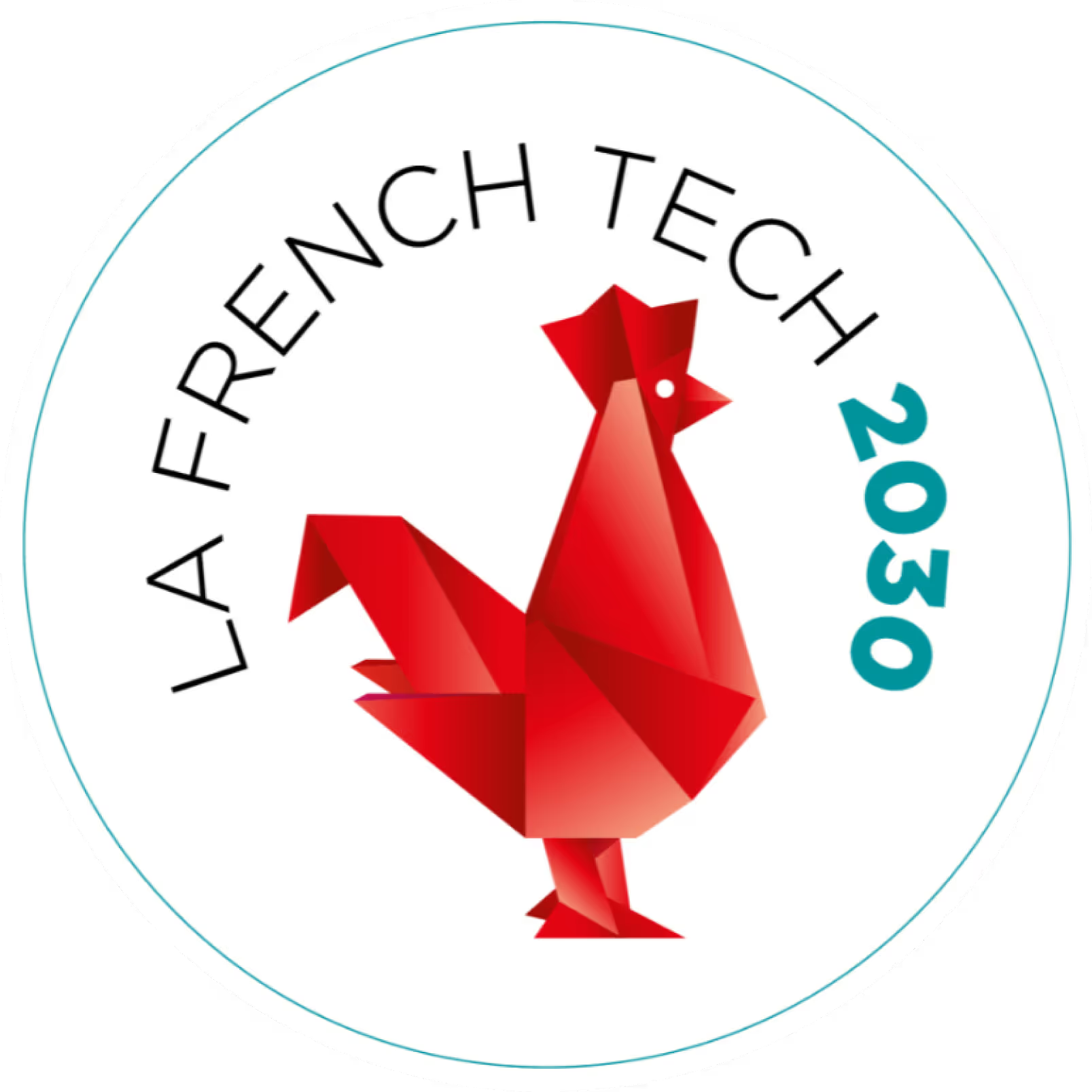How to deploy an AI tool in an SME?

Over the past two years, generative artificial intelligence has emerged as an essential efficiency driver in businesses, including SMEs. Far from being reserved for digital giants, it now makes it possible to automate tasks. Time-consuming, to improve the productivity and to generate growth.
According to a study conducted by The Harris Poll for IBM in 2024, two thirds of managers say that these technologies have already contributed with more than 25% sales growth (AI in action report 2024 | IBM).
In parallel, a report by Bpifrance states that “Leaders recognize that missing the mark of AI transformation could have an impact on the survival of their business. 38% of them believe that AI is Important or Very important For the sustainability of their business. ” (2025-06-04 AI in French SMEs and ETIs-Bpifrance study Le Lab.pdf)

This guide is intended to help you identify good use cases of AI, to choose the template Who answers your needs (and to your constraints such as the RGPD or the costs), to Get your teams on board, and to concretely monitor the value that this creates.
1. Identify use cases and internal needs
Before deploying a generative AI tool, the first step is to understand where this technology can actually create value.
The common mistake is wanting Automate everything without prioritizing.
It is first necessary to identify the high potential tasks : those who mobilize plenty of time, bring little added value And if Repeat frequently. This includes, for example, writing documents, customer support, competitive intelligence, or database management.
In many cases, a few simple tasks can be automated:
- In a marketing or communication agency, the creation of LinkedIn publications, commercial emails, or SEO content can be automated using well-structured prompts.
- In an industrial SME or e-commerce, the writing of product sheets or technical descriptions can be standardized and accelerated while maintaining a consistent tone and style.
- In a legal, accounting or consulting firm, the generation of document templates, summaries of files or reports makes it possible to significantly reduce administrative time.
These uses share one thing in common: a simple well-designed prompt is often enough to significantly reduce production time While standardizing the quality of deliverables.
2. Choosing the right AI for your needs
Once your use cases have been identified, comes the question of choosing the model. The objective is not to compare artificial intelligences with each other, but to understand What solution best meets your specific needs.
Today, the market is structured around a few major models, each with its own strengths:
- ChatGPT (OpenAI) : recognized for its versatility and its ability to write long and coherent texts, translate, generate code or analyze documents.
- The Cat (Mistral) : appreciated for its speed of execution, its open-source orientation and its European hosting, guaranteeing better data sovereignty.
- Claude (Anthropic) : efficient for synthesis, logic and structured writing; often preferred in technical or legal environments.
- Gemini (Google) : recognized for its native integration into the Google ecosystem, it is capable of processing text, image, code, audio and video.
- Perplexity AI : ideal for information research and business intelligence, thanks to its combination of generative AI and real-time search engine.
These distinctions are not used to determine The best model, but to give a clear order of idea the strengths of each to guide your choices according to your internal uses.
For a detailed comparison between GPT chat and Mistral, you can consult our article: ChatGPT vs Mistral: which AI should you choose in 2025 for your business?
But in practice, having to navigate between several models can quickly become complex: everyone excels in a different field, and needs evolve according to the tasks.
That's where the Principle of orchestration of models : an approach that consists in combining several AIs within the same environment to automatically select the most relevant model according to the context.
That is precisely what is proposed Delos. A platform that brings together the main models on the market: ChatGPT, Mistral, Claude, Claude, Perplexity, GeminI... in a secure interface, capable of directing each request to the most suitable engine (writing, summarizing, searching or coding). A solution designed for businesses that want to take advantage of AI power without undergoing technical complexity and keeping the data in France.
3. Ensuring security and compliance (RGPD)
Beyond the functionalities, the RGPD security and compliance are important points in the decision. Proprietary models, often hosted in the United States, may raise questions of sovereignty On the customer data.
Conversely, open-source models like Mistral's offer the possibility of hosting them. locally or on a European certified cloud, guaranteeing total control over information flows.
For example, a legal SME will instead opt for an open-source model hosted in Europe for the processing of its confidential documents, while using a proprietary model in the cloud for international regulatory monitoring.
Accommodation and sovereignty
There are two main approaches available to SMEs:
- Local accommodation (on-premise) : your data never leaves your internal servers, guaranteeing total control. This option is particularly suitable for companies handling sensitive information (banks, health, legal).
- The European cloud certified RGPD : a more flexible and economical alternative, which allows you to benefit from efficient resources without compromising compliance.
It is essential to choose a transparent AI provider on its hosting, which offers options for encryption And of traceability detailed.
However, it should be borne in mind that the On-premise represents a heavy investment : installation of dedicated infrastructures, maintenance, updates and technical support. In the long run, the total cost may be 10 to 30 times higher than cloud hosting, not to mention the internal skills needed to manage the servers.
For the majority of SMEs, the Sovereign European cloud is therefore an optimal compromise between security, compliance and budget control.
4. Train and support teams
Deploy a Generative AI is not just about installing a tool: it's a transformation in depth working methods and daily reflexes. Beyond technology, real success depends on adoption by teams.
Understand how AI can Help them, teach him Trust, integrate it into their processes. Without this membership collective, even the Better Technical solution will remain underused.
Indeed, once the use cases have been identified, it is essential to assess the digital maturity of your teams:
- have they already used AI tools?
- do they understand the limitations and associated risks?
- is there a need for specific support?
To successfully implement AI, it may be interesting to designate “AI referents”. These volunteer collaborators become the internal contact points, responsible for testing the tools, sharing best practices and supporting their colleagues in getting started. Some AI platforms even offer training or onboarding modules specific for these referees, in order to accelerate adoption.
The key to success is based on a progressive support, adapted to the profile of employees. Some teams are completely unfamiliar with how AI works and require stronger support.
Indeed, according to the report McKinsey “AI in the Workplace: Empowering People to Unlock AI's Full Potential” (2025), nearly half of employees surveyed say they want more formal training and think it's the best way to drive AI adoption. (AI in the workplace: A report for 2025 | McKinsey)
The objective is not to impose a technology, but to show concrete added value that it brings: saving time, simplifying tasks, improving working comfort.
5. Measuring value: ROI and adoption
Setting up a generative AI solution requires producing measurable results. The return on investment (ROI) is not limited to the savings made: it also includes saving time, improving quality, and employee satisfaction.
To measure these gains, you can measure:
- The time saved per task
- The weekly use rate of the tool
- the internal satisfaction rate measured through rapid surveys
- the reduction of errors or customer returns
Let's take a simple example.
In an SME of 20 employees, the adoption of an internal AI assistant makes it possible to win At the very least 5 hours per week and per employee on writing, reporting and summarizing tasks.
Over a month, this represents: 5 hours/week x 20 employees x 4 weeks = 400 hours saved is the equivalent of nearly 3 ETP (full-time equivalent).
By considering a monthly salary of 2000€, the potential gain is €6,000 per month, or more than 72,000€ per year.
This type of calculation illustrates how a well-structured deployment can quickly make your initial investment profitable, while freeing up time for tasks with higher added value.
6. Anticipate risks
Like any technological innovation, generative AI brings its share of risks that must be anticipated before deployment:
- biases and hallucinations: An AI model can produce erroneous or invented answers if it does not have reliable data or sufficient context.
- an internal resistance: Some employees may perceive AI as a threat or a gimmick, which hampers adoption and prevents them from achieving a true return on investment.
To limit these risks, it is necessary to provide a systematic human validation content generated before distribution, deploy in stages and show the profits to employees, give priority to transparent models and establish a exit strategy in case of a change of supplier or model.
Conclusion
Thus, deploying a generative artificial intelligence tool in an SME is not a simple question of technology. It is a structured approach based on three essential pillars:
- identify good use cases
- choose the right model
- supporting teams towards sustainable adoption.
In 2025, the question is no longer an issue “should we adopt AI?”, but good “how to adapt it to your job”. Instead of choosing a single model, solutions like Delos allow combine several artificial intelligences ChatGPT, Mistral, Claude or Perplexity within a unique, secure and sovereign interface. Each request is oriented to the most relevant engine according to the context: writing, research, coding or summarizing, without compromising on confidentiality.
You can test Delos for free to find out how use a solution that combines the best of AI: performance and security.
Ready to begin with Delos?
Start using Delos now with unlimited credits for 15 days, or contact our teams for personalized support.






